What Happens When California Students in Special Education Return to the Classroom?
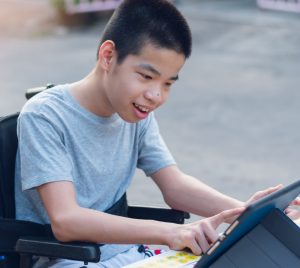 For students with disabilities, the pandemic has been a landscape of extremes. Some have thrived with distance learning and want to continue in the fall, while many have languished without the in-person support of therapists and teachers and have lost ground academically, socially and emotionally. Read more ›
For students with disabilities, the pandemic has been a landscape of extremes. Some have thrived with distance learning and want to continue in the fall, while many have languished without the in-person support of therapists and teachers and have lost ground academically, socially and emotionally. Read more ›
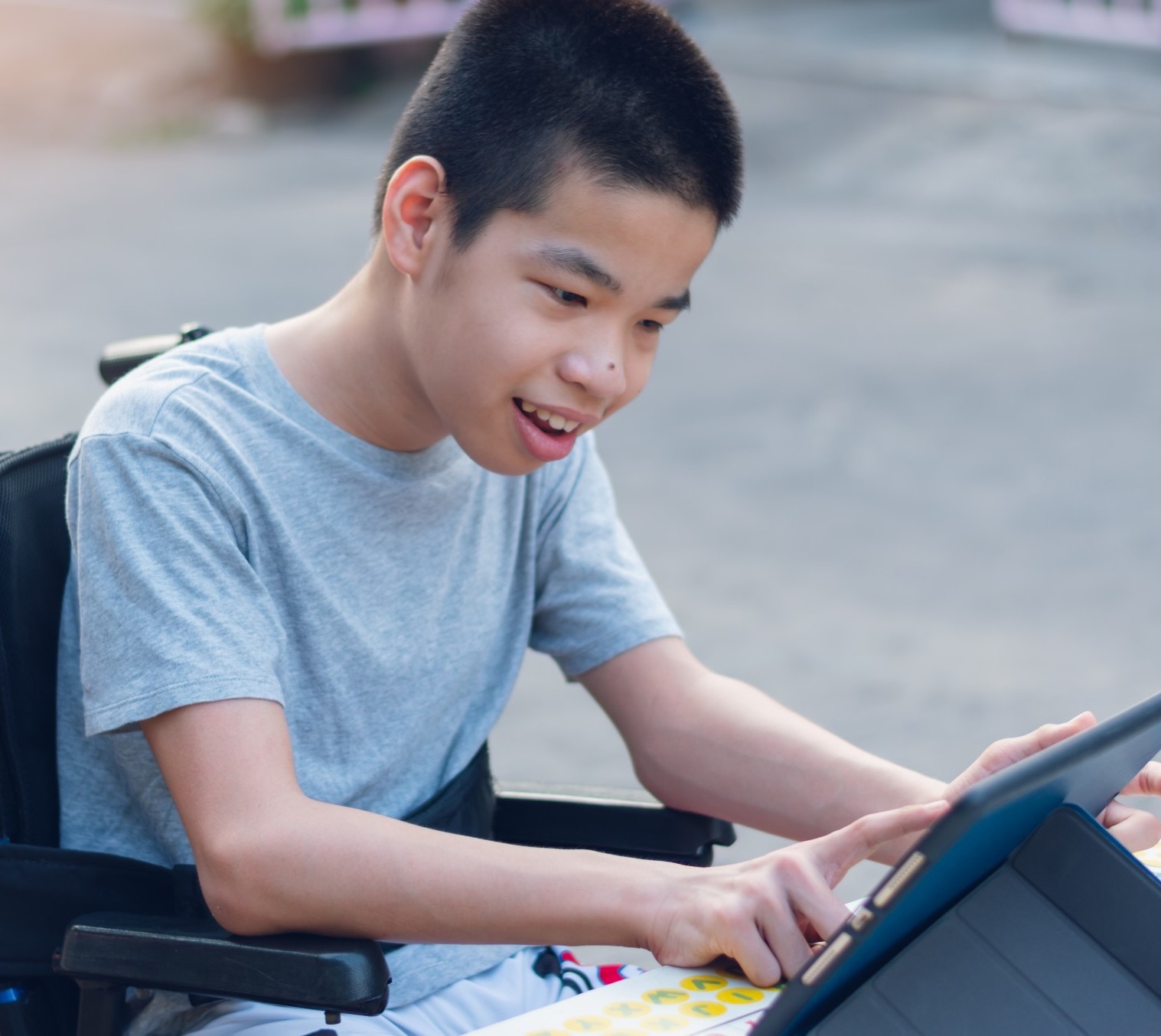
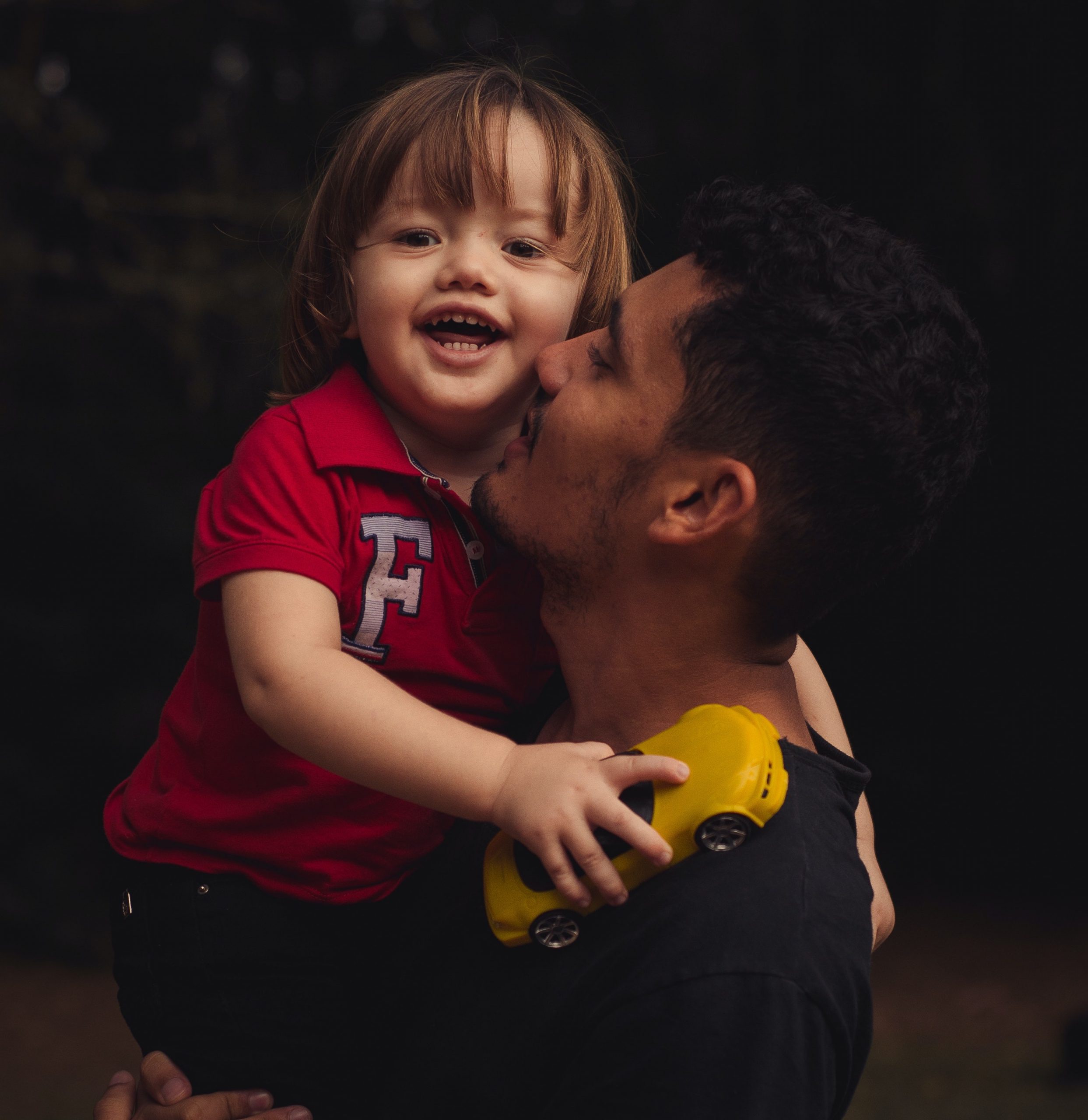
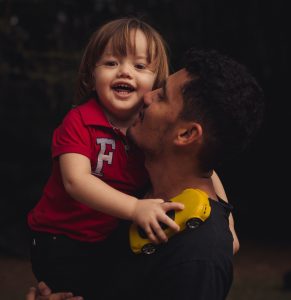 In the United States, an estimated
In the United States, an estimated 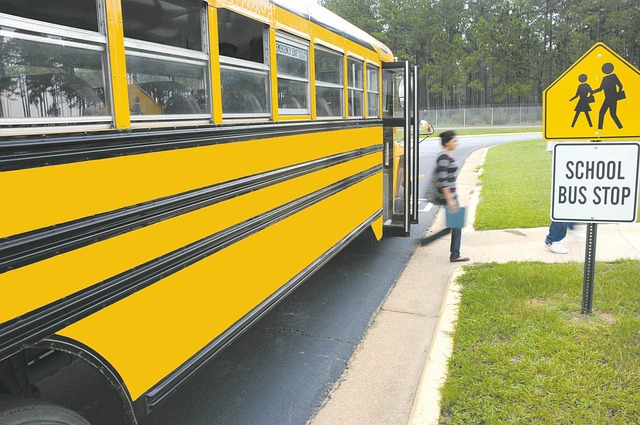
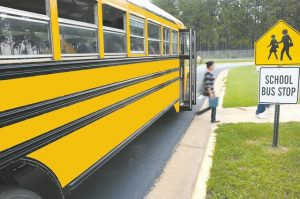 As students return to schools shuttered by the coronavirus pandemic, many large school districts are not prepared to meet the needs of well more than 1 million students with disabilities who have a legal right to receive support and services but are not getting them ― and the problem is most severe for students of color, according to a new report.
As students return to schools shuttered by the coronavirus pandemic, many large school districts are not prepared to meet the needs of well more than 1 million students with disabilities who have a legal right to receive support and services but are not getting them ― and the problem is most severe for students of color, according to a new report. 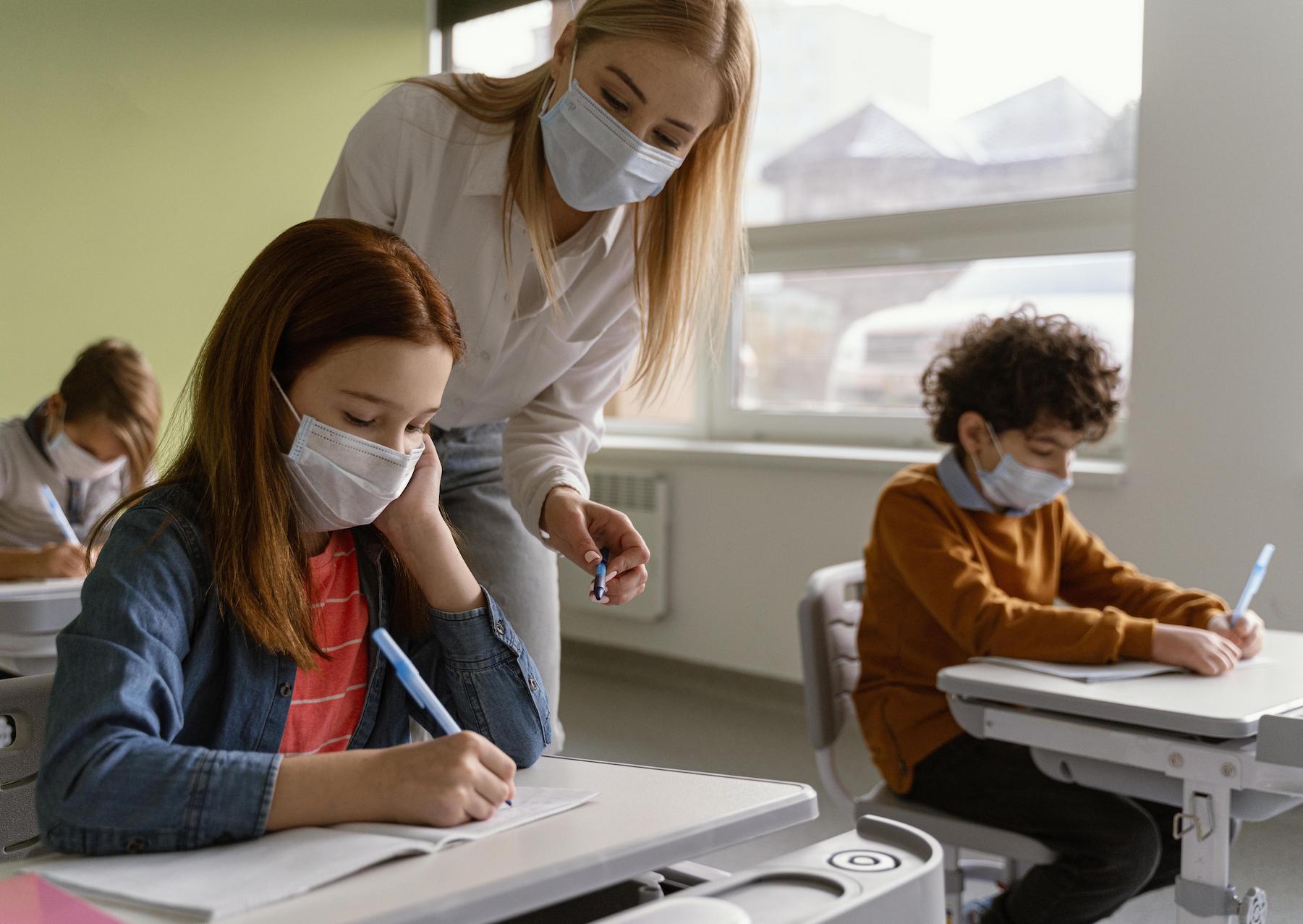
 The
The 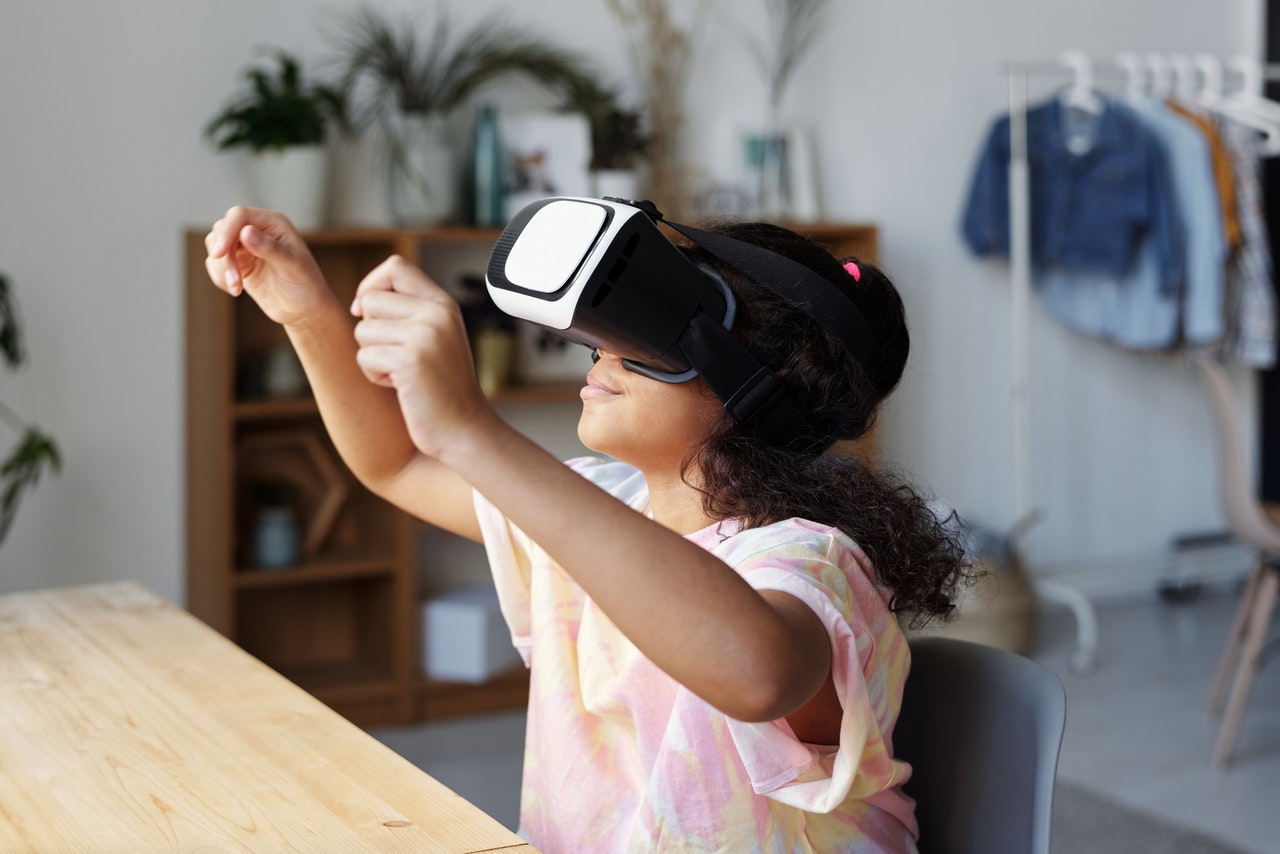
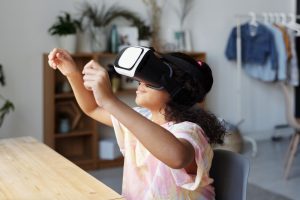 Fortunately, education is progressing to become more inclusive of those with different learning styles and educational needs, but there is still a lot that can be done to make the classroom more inclusive for each and every student. It is becoming more and more apparent that it is time we rethink not just what we teach, but exactly how we teach.
Fortunately, education is progressing to become more inclusive of those with different learning styles and educational needs, but there is still a lot that can be done to make the classroom more inclusive for each and every student. It is becoming more and more apparent that it is time we rethink not just what we teach, but exactly how we teach.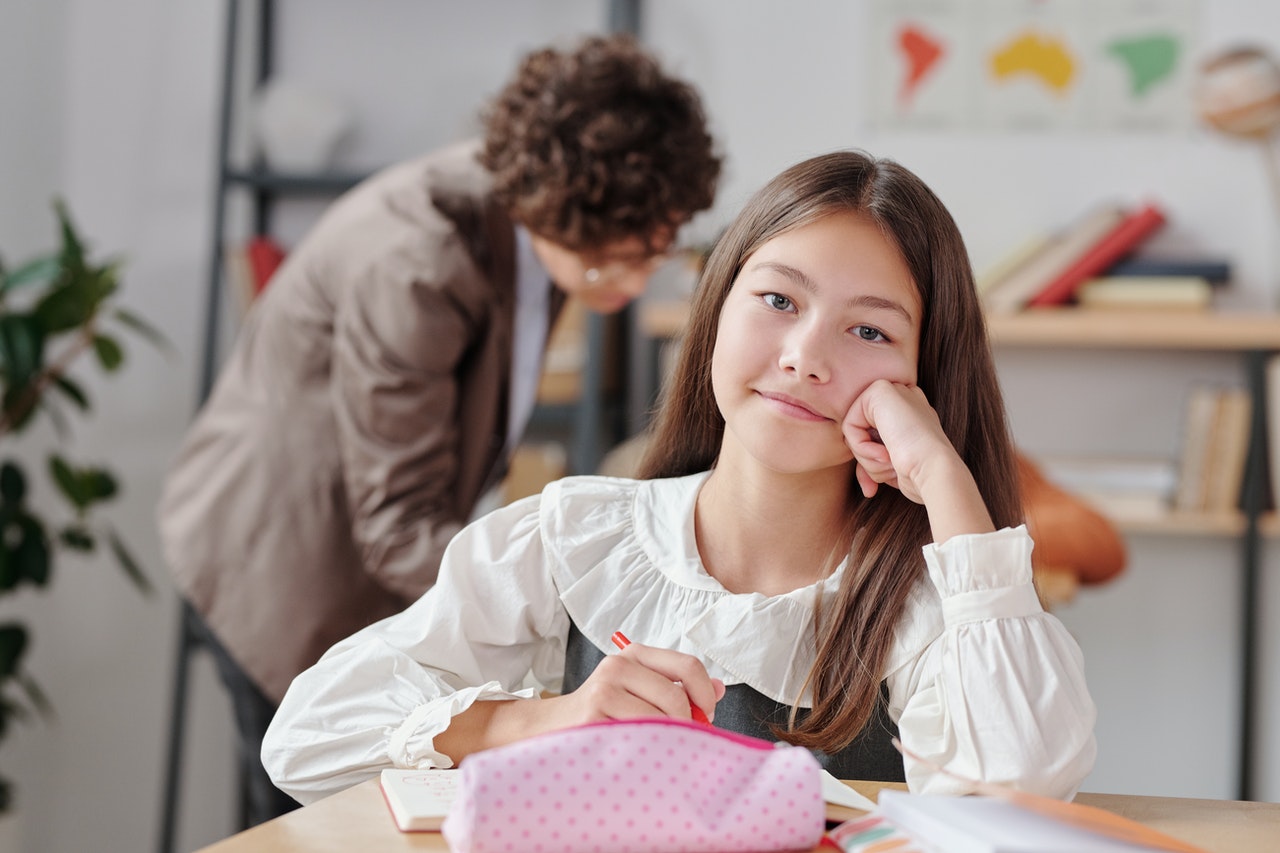
 What’s not often well-known or well-understood is that students who are gifted may also have a special need or disability— just as students with disabilities may also be gifted. The term “twice-exceptional,” also referred to as “2e,” is used to describe gifted children who, have the characteristics of gifted students with the potential for high achievement and give evidence of one or more disabilities as defined by federal or state eligibility criteria.
What’s not often well-known or well-understood is that students who are gifted may also have a special need or disability— just as students with disabilities may also be gifted. The term “twice-exceptional,” also referred to as “2e,” is used to describe gifted children who, have the characteristics of gifted students with the potential for high achievement and give evidence of one or more disabilities as defined by federal or state eligibility criteria. 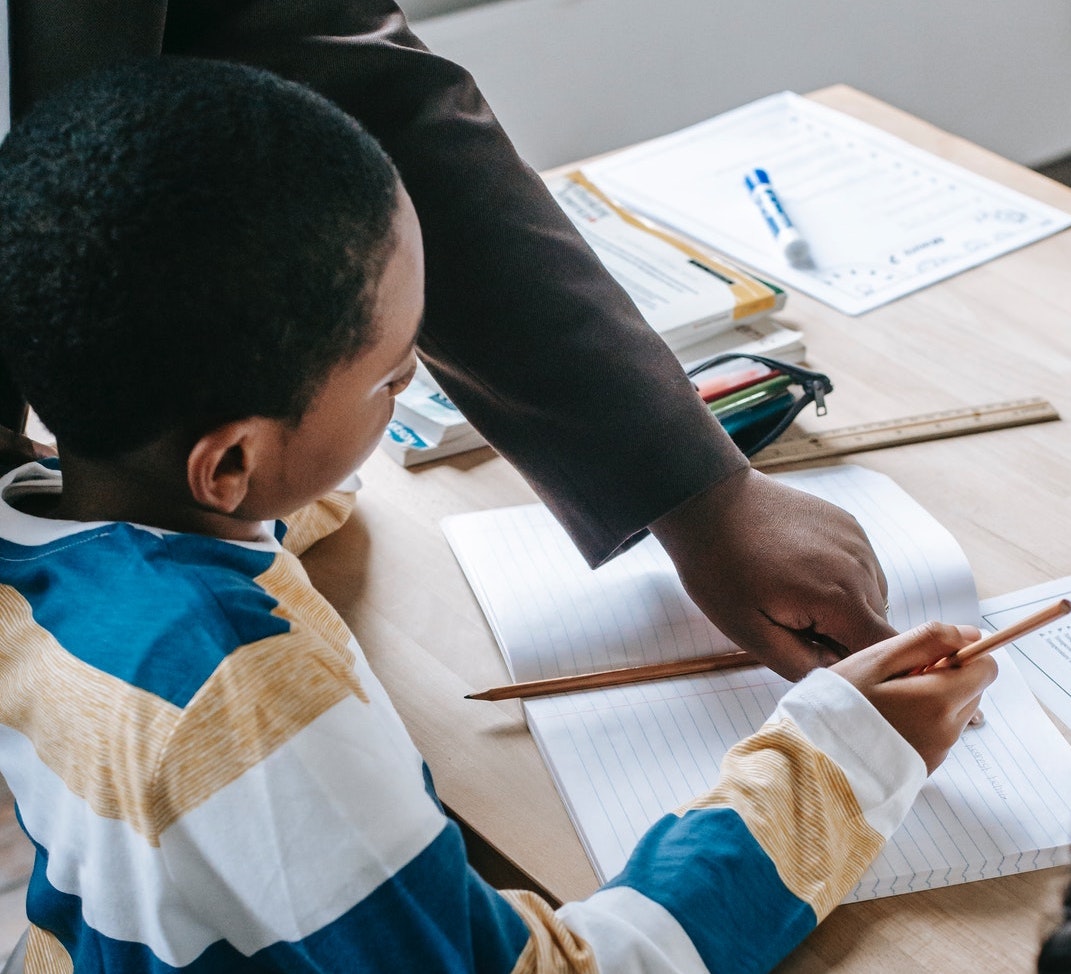
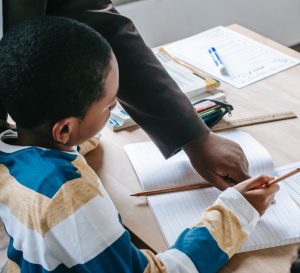 As individuals, each of us has a unique combination of strengths and weaknesses. But sometimes we are exceptionally strong or weak in certain areas. In the school setting, students with exceptional strengths and weaknesses may have different instructional needs than other students. Twice exceptional or 2e is a term used to describe students who are both intellectually gifted (as determined by an accepted standardized assessment) and learning disabled, which includes students with dyslexia.
As individuals, each of us has a unique combination of strengths and weaknesses. But sometimes we are exceptionally strong or weak in certain areas. In the school setting, students with exceptional strengths and weaknesses may have different instructional needs than other students. Twice exceptional or 2e is a term used to describe students who are both intellectually gifted (as determined by an accepted standardized assessment) and learning disabled, which includes students with dyslexia. 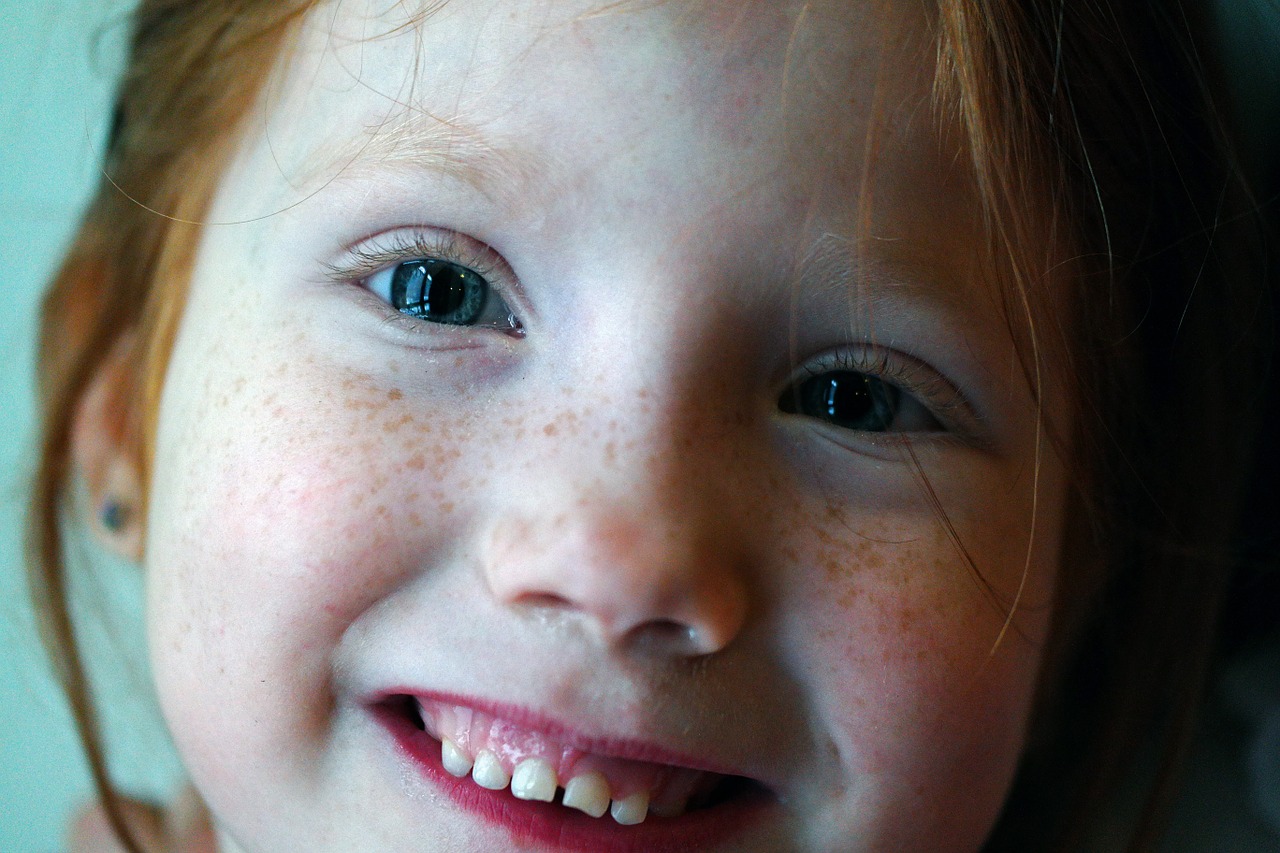
 “Twice exceptional” (2e) is the term used to describe intellectually gifted children with great potential for academic achievement who also have a learning disability or neurological challenge, like attention deficit hyperactivity disorder (ADHD or ADD).
“Twice exceptional” (2e) is the term used to describe intellectually gifted children with great potential for academic achievement who also have a learning disability or neurological challenge, like attention deficit hyperactivity disorder (ADHD or ADD). 
 Personalized learning has, in recent years, become one of the most talked-about trends in education. Fueled by donations from Silicon Valley philanthropists, the instructional approach has spread to classrooms around the country and more than
Personalized learning has, in recent years, become one of the most talked-about trends in education. Fueled by donations from Silicon Valley philanthropists, the instructional approach has spread to classrooms around the country and more than 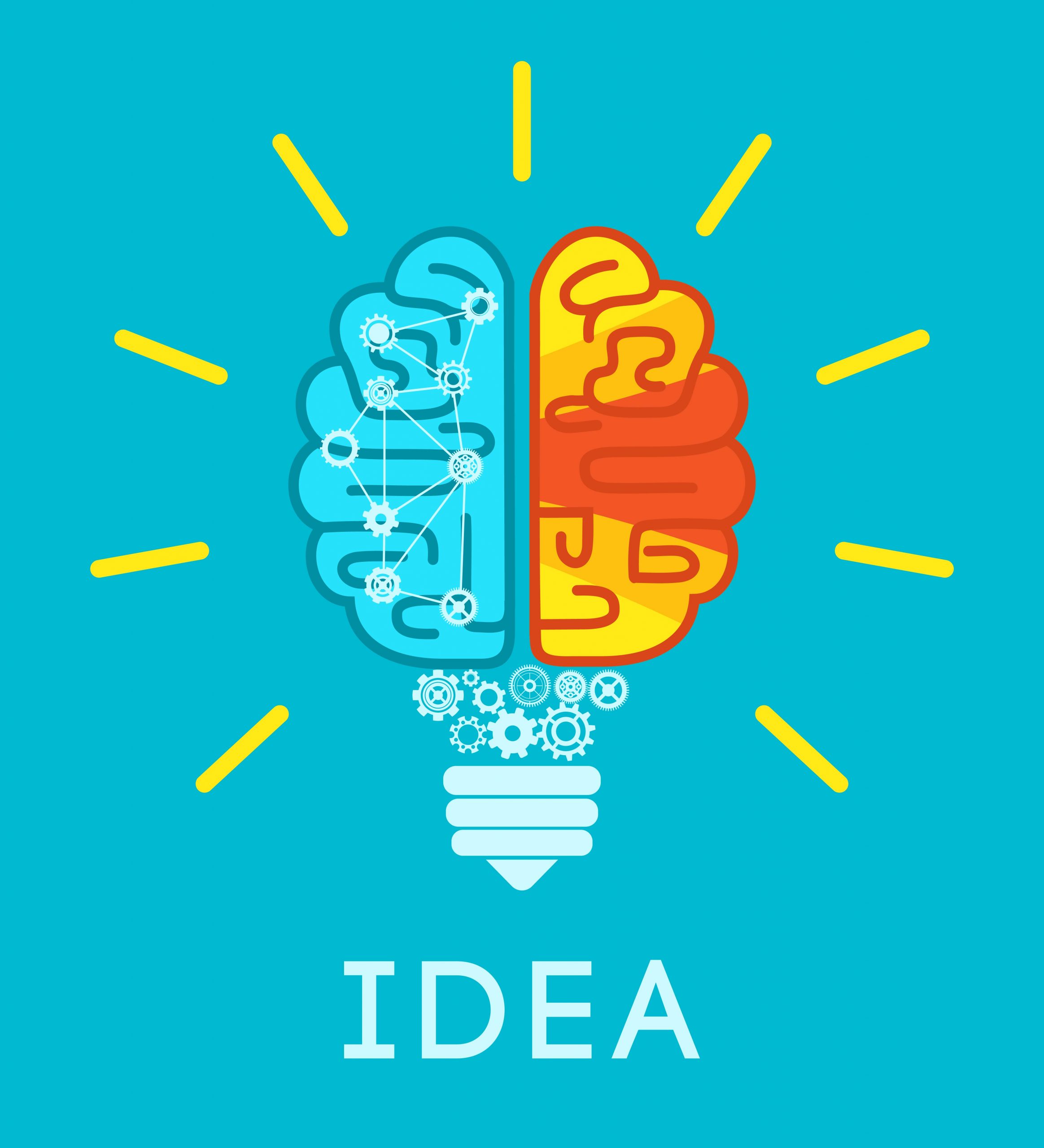
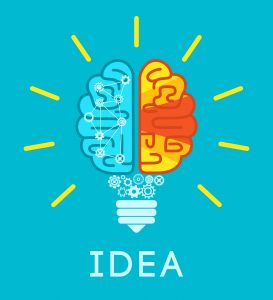 Sitting still is a challenge for lots of kids (and adults!). Schools and teachers are starting to realize that children are actually more focused on learning when they’re given a chance to wriggle, fidget, and move around. That’s why classroom yoga breaks,
Sitting still is a challenge for lots of kids (and adults!). Schools and teachers are starting to realize that children are actually more focused on learning when they’re given a chance to wriggle, fidget, and move around. That’s why classroom yoga breaks, 

